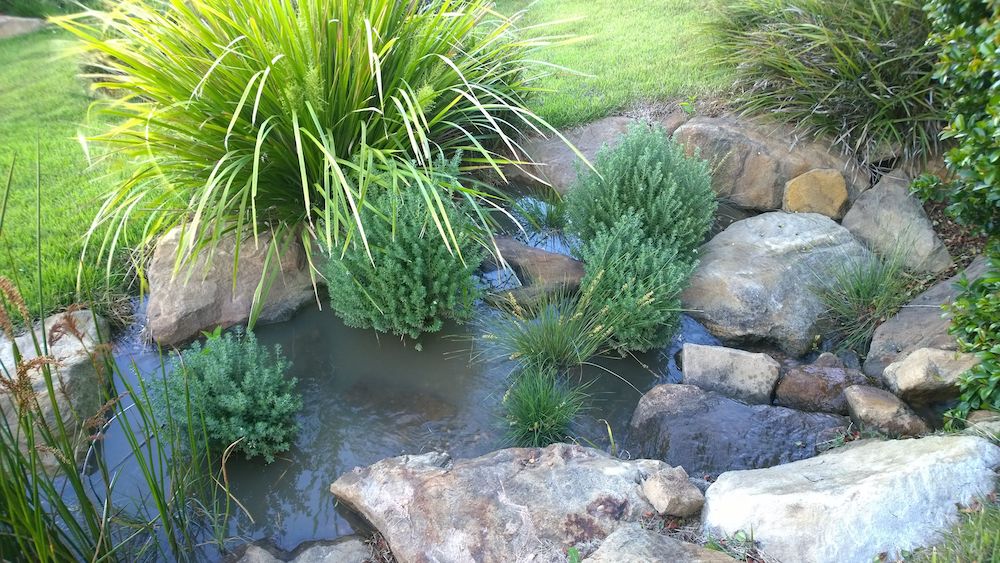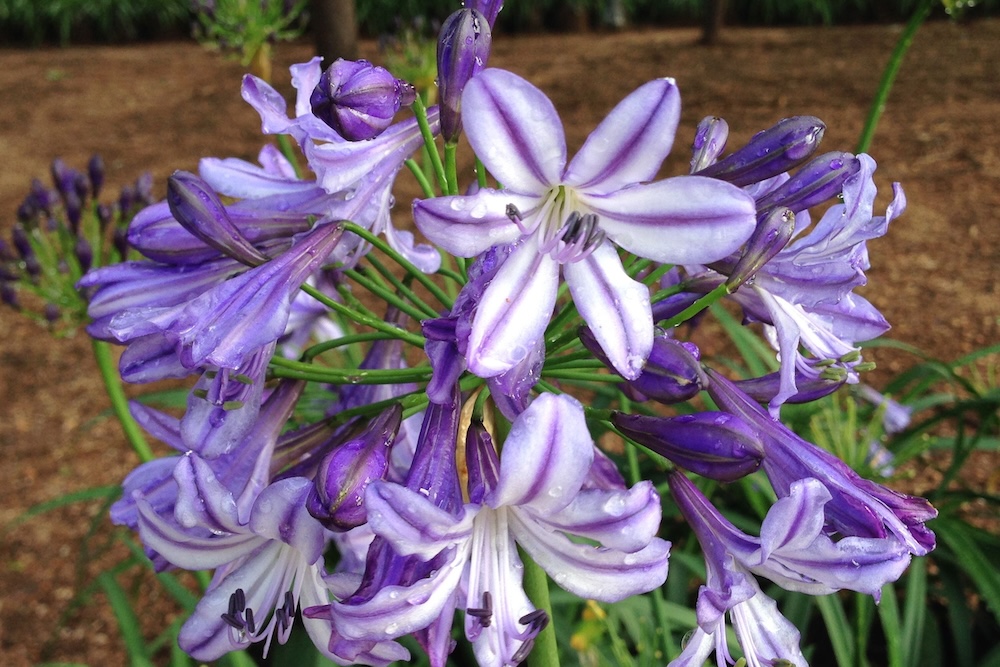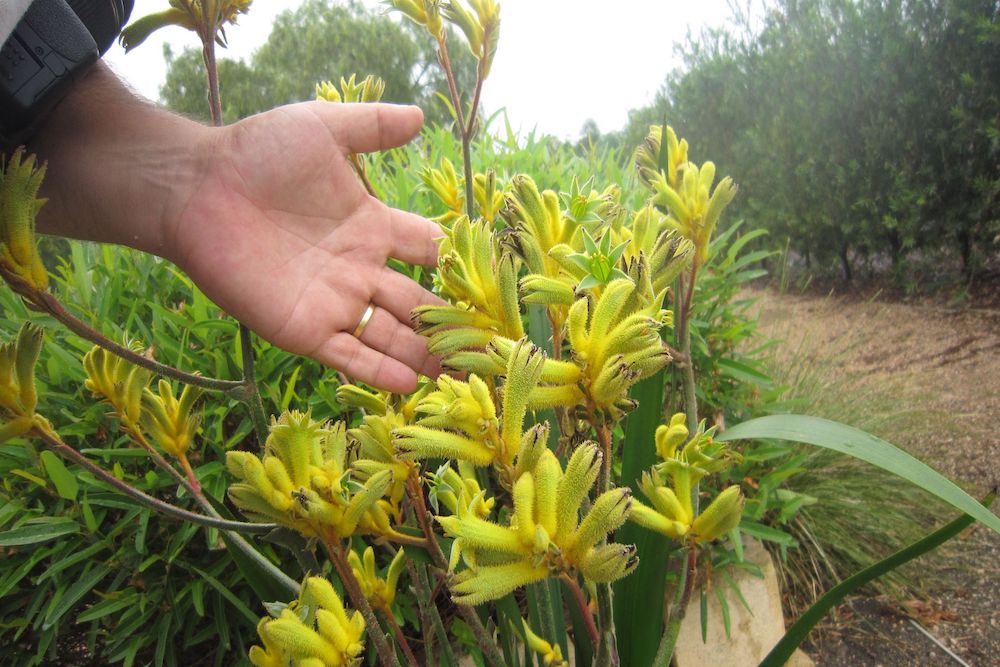In the realm of horticulture, one practice stands out as essential for maintaining the health and vibrancy of your garden: deadheading.
How to Successfully Prune Your Westringia Plants
Pruning, an essential technique in horticulture, plays a pivotal role in maintaining plant health and enhancing the aesthetic appeal of your garden. One plant that benefits greatly from proper pruning is westringia.
Native to Australia, westringias have gained popularity among gardeners and landscapers worldwide due to their resilience and versatility.
- Reasons for Pruning Westringias
- The Best Time to Prune Westringia
- Step-by-Step Guide: How to Prune Westringia Successfully
- Pre-Pruning Considerations
- Post-Pruning Care for Westringia
- Understanding Westringia: A Plant Profile
- Ideal Conditions for Growing Westringia
- What to Plant with Westringia: Creating a Harmonious Garden
- Using Colour Theory for Westringia Companion Plants
- Conclusion: The Benefits of Properly Pruned Westringia
Reasons for Pruning Westringias
When it comes to westringias, proper pruning not only helps guide the plant’s shape, but also encourages more blooms, enhancing the plant’s beauty and ability to attract native pollinators.

Before you pick up your hedge trimmer or secateurs, though, it’s important to consider why you’re pruning. This will dictate your approach.
Common reasons for pruning include keeping a plant in a pre-determined shape, thickening a plant’s branching structure, or encouraging a natural growth pattern.
Every cut you make has an effect on your plant, and understanding which cut to make at which point along a branch can help you achieve the shape you’re aiming for.
Pruning the very tips of plants creates a bushier plant. Meanwhile, pruning back to a branch fork (no less than one-third the thickness of the branch you’re cutting) helps maintain the plant’s natural shape, which is still bushy but a little bit more open than when you tip prune or hedge prune non-selectively.
If you prune a branch back to a point without any leaves, it’s a gamble whether or not that branch will provide new growth.
You may see new buds appear further back along the branch, or that branch may simply die back. If you don’t want to experience branches dying back, stick to pruning regularly so there’s always plenty of foliage behind each cut.
Removing dead wood can be beneficial, especially during renovation pruning, but this can be overly meticulous in larger hedges that are in relatively good shape.

The Best Time to Prune Westringia
Ideally, hard pruning should be done in late winter or early spring, just before new growth starts. This timing allows the plant to recover quickly and puts it in the best position for vigorous growth in the coming season.
However, light pruning can be done at any time of the year if necessary, to maintain shape and size.
If you’ve trained your westringia into a hedge, you’ve signed yourself up to regular pruning throughout the entire growing season so that you avoid losing the desired shape.
Just try to avoid pruning during a heatwave, when the open wounds can release excess moisture before the plant has a chance to seal them off.
Step-by-Step Guide: How to Prune Westringia Successfully
Pruning a westringia requires some skill, but with the right guidance, you can achieve excellent results. Here’s a detailed, step-by-step guide:
- Choose the right tools: A sharp pair of secateurs are good for selectively pruning branches thinner than your finger. Loppers or a pruning saw will help with larger branches. And a pair of pruning shears or hedge trimmer are best for hedge pruning.
- Decide on the shape: Whether you want a box, spherical hedge, or a more natural form, decide before you start cutting. Every cut you make has an effect on growth, and once you start pruning it’ll never be as easy to regain a natural shape for the plant.
- Begin pruning: Start cutting from the bottom and work your way up with a hedge trimmer. Focus on the overall shape and don’t focus on the nitty-gritty – otherwise, you’ll step back and realise the shape isn’t uniform.
- Regularly step back and assess your work: This helps to maintain the desired shape and prevents over-pruning.
- Clean up: If you’ve only pruned off a few tips, you might be able to get away with blowing the trimmings back under the plant. While a bit of natural mulch is great, it’s not a good idea to consistently do this, otherwise the debris builds up and slows airflow. This encourages fungal pathogens. Remove excess waste into the green bin or compost pile.
Remember, each cut is a wound, so it’s crucial to make clean cuts to help the plant heal faster.
Pre-Pruning Considerations
Before embarking on the task of pruning your westringia, there are several crucial factors to take into consideration to ensure your plants remain healthy and vibrant.
Firstly, understand that pruning should ideally be done when plants are in a healthy and robust state. Westringias that are stressed due to disease, pests, or poor environmental conditions may not respond well to pruning. Observe your plants closely and tend to any health issues before taking up your pruning shears.
Liquid seaweed is a gentle feed without a high NPK ratio, which can be thought of as a plant health tonic rather than a traditional fertiliser. Giving your westringias a good seaweed feed a couple of days before pruning will get them ready for the stress of pruning.
The bigger your cuts, the higher the number of cuts you’re making, and the hotter the weather, the more stress your plants will experience. With that being said, westringias are known to tolerate the hardest of cuts under the right conditions, so you don’t need to be too precious as long as your plant’s healthy and the weather isn’t too hot or dry.
The condition of your tools is another critical factor, as we’ve already discussed. Using clean, sharp tools ensures clean cuts that heal quickly, reducing the risk of infection or disease transmission.
Dull or dirty tools can cause damage to the plant tissue, leading to disease susceptibility. So, before you begin, sharpen your shears, secateurs, or hedger blades and clean them thoroughly, preferably with a mild disinfectant such as metho or another disinfecting alcohol.
Another important pre-pruning consideration is the potential for disease spread. If you’ve had any issues with plant diseases in your garden, be particularly careful not to transfer pathogens from one plant to another via your tools.
Finally, consider the weather. Pruning is best avoided during extreme weather conditions, especially heatwaves. High temperatures can stress plants, and the additional strain of pruning could lead to adverse effects.
Opt for a day when the weather is mild, and the soil is relatively moist. This will ensure that your Westringia plants have the best possible conditions to recover and thrive post-pruning.
By keeping these pre-pruning considerations in mind, you’re setting the stage for a successful pruning session that will leave your westringias looking their best.
Post-Pruning Care for Westringia
After pruning, give your westringia some tender, loving care. Keep them watered, particularly in dry conditions.
Consider applying a slow-release fertiliser to promote recovery and new growth. You can choose a chemical fertiliser, but organic fertilisers like compost and well-rotted manure feed the organisms in the soil that are allies in your plants’ health.
Liquid seaweed is just as beneficial after pruning as it is before, although feeding adequately multiple times within a couple of weeks might be a bit redundant.
Keep an eye out for any signs of disease or pest activity and treat promptly to prevent spread.
Understanding Westringia: A Plant Profile
We’ve been through the bare basics of pruning westringias, but you might be hungry to learn more about this plant.
Westringias are a favourite amongst both professional gardeners and gardening enthusiasts alike due to their hardiness, minimal maintenance requirements, and eye-catching foliage.
They’re the perfect plant for harsh conditions, especially if you’re looking for an Aussie native to hedge prune.
There are several varieties within the Westringia genus, each with its unique characteristics. Some of the most popular include Westringia fruticosa, known for its small, white flowers, and the Grey Box westringia – Australia’s answer to the English box.

Typically, westringia plants exhibit a dense, bushy habit, which is why they’re ideal for hedging or topiary designs. Plant breeding can enhance this habit for gardeners looking for the right plant to add to their garden.
They can grow into a rounded shrubby shape if left unpruned (or pruned for natural shape), adding a lovely natural shape to any garden.
However, with regular pruning, you can also train westringia into more structured forms. The plant’s flexible nature, coupled with its attractive grey-green foliage and delicate flowers, allows it to fit seamlessly into a variety of garden styles, from formal designs to more relaxed, natural planting schemes.
Ideal Conditions for Growing Westringia
Westringia thrives in a variety of conditions, making it a versatile choice for many gardens. Ideally, these plants prefer a sunny to partly shaded position and well-drained soil.
They can tolerate drought and coastal conditions, making them a great choice for challenging growing environments. Because they’re able to tolerate salt, they can be a good choice when your soil is a bit too sodic for other plants to thrive.
What to Plant with Westringia: Creating a Harmonious Garden
Designing a garden that’s both beautiful and balanced involves more than just randomly placing plants in the soil.
It requires careful consideration of various factors, including colour theory, texture, and the growing environment. When it comes to westringias, there are several plants that pair well.
Westringia, with its dense, bushy habit, small flowers and fine leaves, can be effectively contrasted with plants that have a different texture.
Consider pairing it with plants that have large, strappy leaves such as lomandras, or plants with larger flowers such as paper daisies.
Consider how the size and shape of other plants will complement your westringia. For example, larger, architectural plants like magnolias can provide a fantastic backdrop for westringia, while smaller, ground-cover plants like liriopes can add interest at a lower level.
If you’re looking for plants with similar requirements to westringia, consider other hardy, drought-tolerant species. Lomandras, lilly pillies and callistemons all fit the bill here.
Alternatively, if you’re looking for something to plant in a shady spot next to your westringia, consider shade-loving plants like ferns or hostas.

Using Colour Theory for Westringia Companion Plants
Colour theory plays a pivotal role in garden design, influencing the overall aesthetic and mood of your outdoor space.
Based on the colour wheel, a standard circular illustration that shows the relationship between all the various colours, colour theory in garden design helps create harmony and contrast in your garden.
Westringia flowers can come in shades of white, blue or purple. Let’s use a blue-flowering westringia like Blue Gem™ Westringia hybrid ‘WES03’ PBR as our inspiration here.
- Complementary Colours: Complementary colours are those found opposite each other on the colour wheel. With our westringia’s soft blue flowers, plants with soft orange or peach flowers can create a beautiful contrast. Examples include certain varieties of bottle brushes or yellow buttons.
- Analogous Colours: These are colours that are next to each other on the colour wheel. To create a harmonious look with our westringia’s blue flowers, consider plants with violet or green flowers or foliage. Some options could be lavender, with its stunning purple flowers and similar hardiness to westringia, or ferns that come with lush green foliage and will thrive in the shady part of the garden.
- Warm vs Cool Colours: Our westringia’s blue flowers and grey-green foliage are considered cool colours. To create contrast, you can pair it with plants that feature warm colours like red, orange, or yellow. Plants like Salvia ‘Hot Lips’ or paper daisies could serve this purpose.
- Neutral Companions: Plants with white or silver foliage or flowers, such as Salvia argentia ‘Silver Sage’ or lambs’ ears can help unify the garden design and allow the Westringia to stand out.
Remember, the goal of using colour theory in garden design is to create balance and interest. By thoughtfully selecting plants based on their colours, you can create a visually appealing garden that highlights the beauty of your Westringia.

Conclusion: The Benefits of Properly Pruned Westringia
Pruning Westringia isn’t just about maintaining its shape; it’s a key part of ensuring the plant’s overall health and longevity.
By following the guidance outlined in this article, you can enhance not only the aesthetics of your Westringia but also its vitality.
Properly pruned Westringia plants result in a more vibrant and attractive garden. The benefits extend beyond visual appeal, contributing to a healthier and more balanced ecosystem in your backyard. Happy pruning!




This Post Has 0 Comments